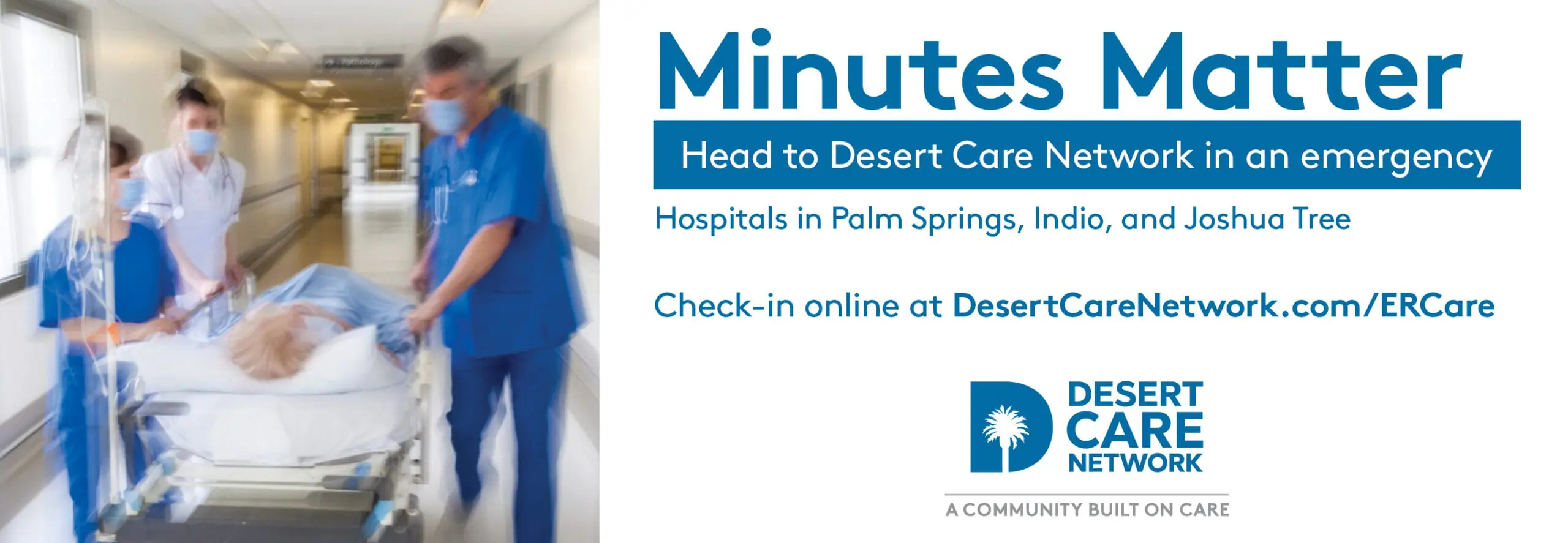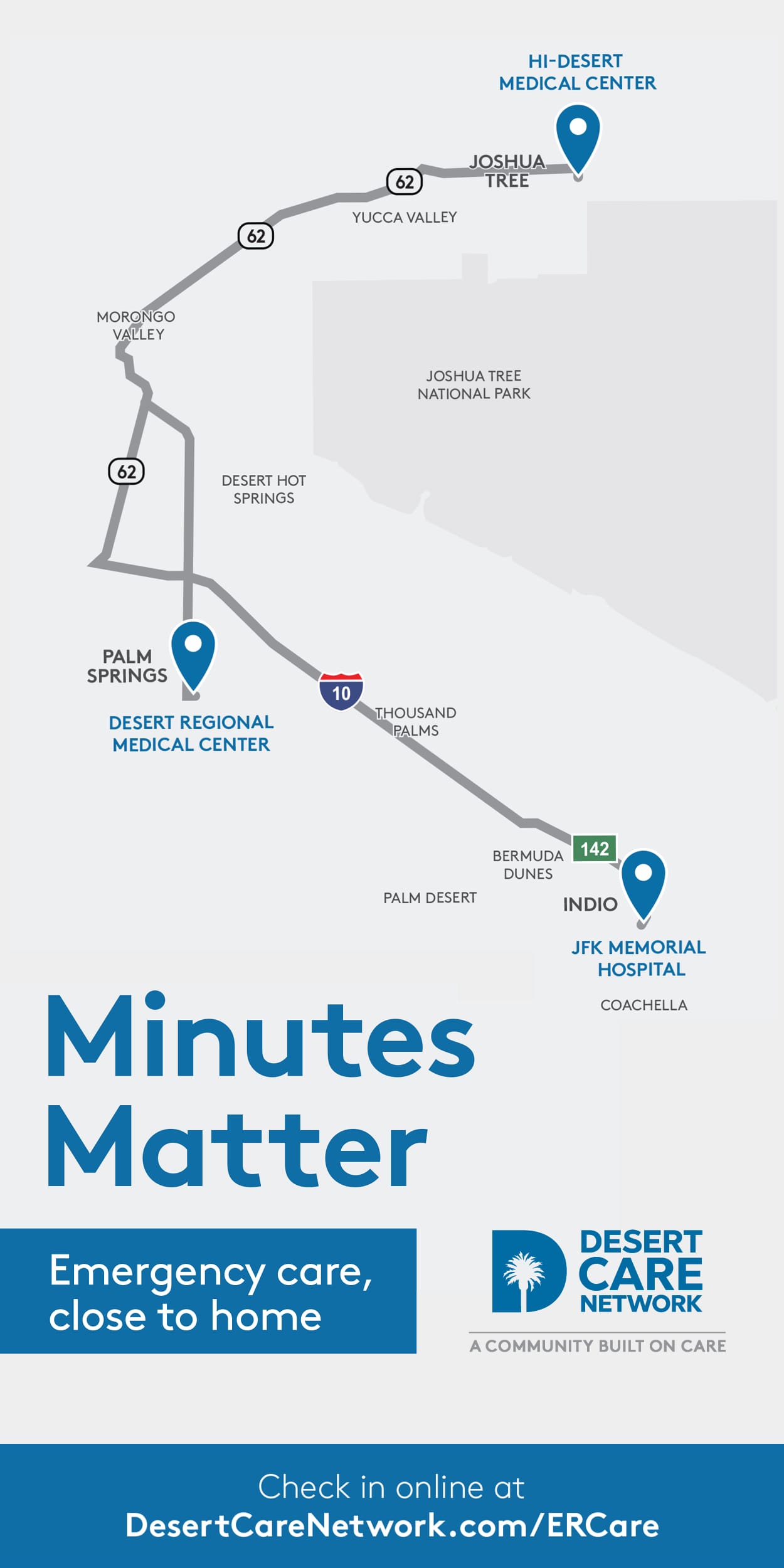While you may think 2017 is almost over, early November marks the middle of annual open enrollment (AEP) for Medicare, so there is still time to make a change in your Medicare plan for next year.
You should have received your notice of changes from your insurance company. Like most people, their intentions are good. Like most, you will get around to reading the changes someday. Right? Remember AEP ends December 7, so that someday should be today!
To start your evaluation of Medicare plans, one should consider what type of plan is best for them and their budget. In past articles, I have gone into detail as to the differences between Original Medicare, Medicare Supplements and Advantage Plans. The definitions below are very basic and should only be used for the sake of this article and as a summary.
Original Medicare: Consists of Part A and Part B. It pays for approximately 80% of Part B. Provides no drug coverage. Can go to any doctor who accepts Medicare. No prescription drug plan is included.
Medicare Supplements: Must have Original Medicare Part A and Part B. Supplements help fill in the gaps of what Original Medicare does not cover.
Different plans and coverage are offered. Premiums, co-pays, deductibles and total out of pocket amounts vary. No prescription drug plan is included.
Medicare Advantage Plans: Must have Original Medicare Part A and Part B. Doctor network-based plans provide additional benefits beyond Original Medicare and Supplements. Most, but not all, provide prescription drug coverage. You must receive care within the network. Referrals are usually required for specialty doctors. Emergency and urgent care outside of the network is usually paid in full.
Prescription Drug Plans: One of the little things people over look that can be devastating, if not reviewed annually, is the prescription drug coverage. Changes to your premium, annual deductible, co-pays and the classification (tier level) of the drug can cost you. In your annual evaluation of Medicare plans, make certain all your prescription drug(s) are still available in the drug plan formulary you are considering. If you think you may qualify, please apply for “Extra Help.” This is a Federal program to assist Medicare recipients with prescription drug costs. You may contact Medicare for more information.
During your evaluation of the type of plan that is best for you, I have made a list of things you should consider for 2018:
- Medicare Advantage
- Medigap policies or supplements (Alphabet Letter Plans)
- Prescription drug plans
- Financial strength
- Plan benefits
- Choice of providers and networks
- Premiums, co-pays, deductibles.
- CT Scans, MRI co-pays
- Worldwide coverage
- Star rating
- Nurse Hotline
- Annual physical
- Dental coverage/check-up
- Full-time/part-time resident
- Transportation benefit
- Silver Sneakers
- Maximum out-of-pocket costs
- Women’s wellness exam
- Review your medications with your physician
- Vision test
- Hearing test
- Daily co-pay of skilled nursing care
- Ambulance co-pay
I get many calls throughout the year from people who want to make changes to their plan but are not able to do so until AEP. The government has specific guidelines so it is best to review what you need to know now for the best coverage in 2018. If you prefer, you may attend a community meeting to help you understand what the changes are for 2018. Perhaps you may want to switch the type of Medicare coverage you currently have altogether. Either way, it will be to your advantage to know your options, how much they cost, and what is right for you as the race to the finish line of 2017 approaches.
Cindy Kleine is an independent sales agent with Kleine Financial & Insurance Solutions, Inc. in Palm Desert. For more information, call (760) 346.9700. Serving the Coachella Valley (license #0B7732).












































Comments (0)